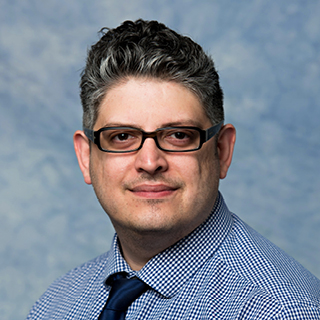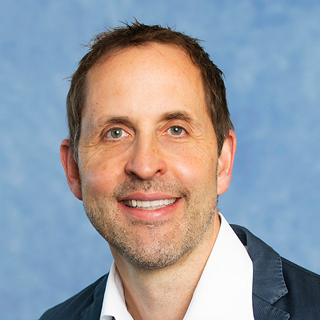Imaging Services
Broadlawns is committed to offering patients access to state-of-the-art technology in diagnostic and preventative imaging.
Services
CT Scan
A Computerized Axial Tomography (CT or CAT Scan) uses x-rays and computers to take pictures of the internal structures of the body. The CT scanner is a large donut-shaped machine with a hole in the center through which a special bed can move. An x-ray tube rotates around your body and takes pictures of internal organs, bones, blood vessels and muscles.
DXA Scan
During a DXA scan, you lie on an open x-ray table as a scanner passes over your body. A DXA scanner produces two x-ray beams; one is high energy, and the other is low energy. The machine measures the number of x-rays that pass through the bone from each beam. This will vary depending on how thick the bone is. Based on the difference between the two beams, your provider can measure your bone density. The most common areas to be scanned are the spine, hip, and forearm. The results from a DXA scan help your healthcare provider diagnose osteopenia and osteoporosis.
Fluoroscopy
Fluoroscopy is a type of imaging that shows a continuous x-ray image on a monitor, much like an x-ray movie. During a fluoroscopy procedure, an x-ray beam is passed through the body. The image is transmitted to a monitor so the movement of a body part or of an instrument or contrast agent (“x-ray dye”) through the body can be seen in detail. Fluoroscopy allows healthcare providers to look at many body systems, including the skeletal, digestive, urinary, cardiovascular, respiratory, and reproductive systems.
Mammography
Mammography is a specific type of imaging that takes a low dose x-ray exam of the breast to look for changes that are not normal. A mammogram allows the radiologist to have a closer look for changes in breast tissue that cannot be felt during a breast exam. Click here to learn more about Broadlawns Mammography services.
MRI
Magnetic Resonance Imaging (MRI) is a unique procedure that uses a strong magnetic field and radio waves to look inside the human body. It is a painless procedure which offers your physician intricately detailed images of the human body without using ionizing radiation (x-rays).
Nuclear Medicine
Nuclear medicine procedures use radioactive materials called radiopharmaceuticals. The amount of radioactive material used depends on the needs of the person. These materials flow through different body organs. The radiation that comes from the radiopharmaceutical is used for treatment or is detected by a camera to take pictures of the corresponding body organ, region or tissue. Examples of diseases treated with nuclear medicine procedures are hyperthyroidism, thyroid cancer, lymphomas, and bone pain from some types of cancer.
Ultrasound
Ultrasound uses high frequency sound waves to produce images. Ultrasound uses no radiation. It is a painless procedure used to examine the liver, gallbladder, kidneys, uterus, thyroid, breast, heart, vasculature, fetus, and several other soft tissue organs for abnormalities. Ultrasound is used to help physicians evaluate symptoms such as pain, swelling, and infection.
X-ray
An x-ray is an image created on photographic film or electronically on a digital system to diagnose illnesses and injuries. During this type of medical imaging procedure, an x-ray machine is used to take pictures of the inside of the body. The x-rays pass through various parts of the body to produce images of tissues, organs, and bones.
Providers
 Raviv Ramdial, MD
Raviv Ramdial, MD
 John Tentinger, MD
John Tentinger, MD